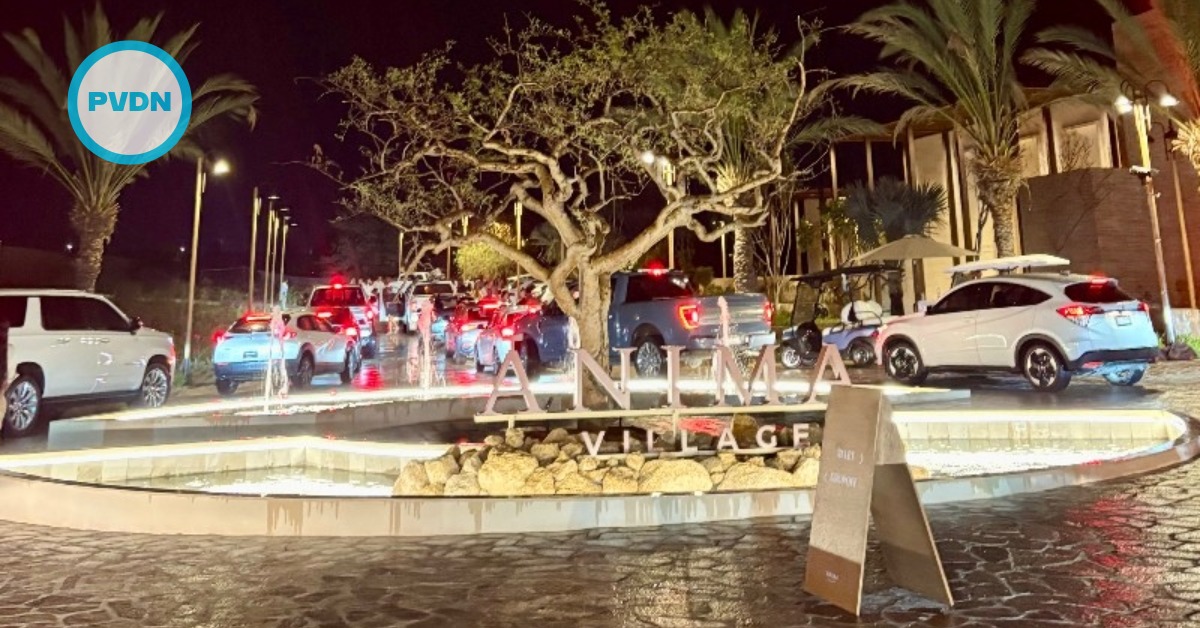Welcome to Moving to Mexico: The Ultimate Guide for American Expats. This guide consists of 15 chapters and over 500 pages of useful information for people who are considering make a move to Mexico. Every Thursday we will release a new chapter, look for more chapters being released over the coming weeks!
Why Move to Mexico?
Mexico, a country rich in culture, history, and natural beauty, has become an increasingly popular destination for American expatriates seeking a new place to call home. From its warm and welcoming communities to its diverse landscapes and . . .







